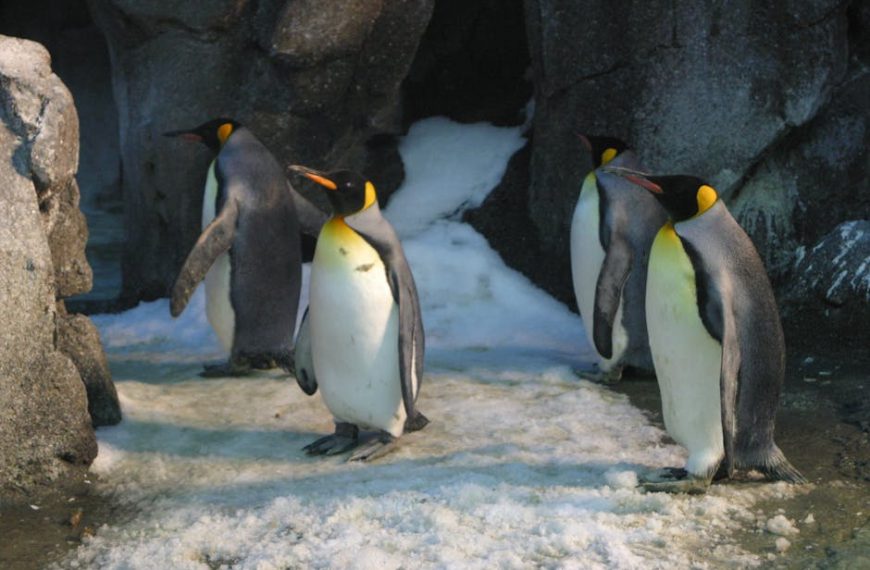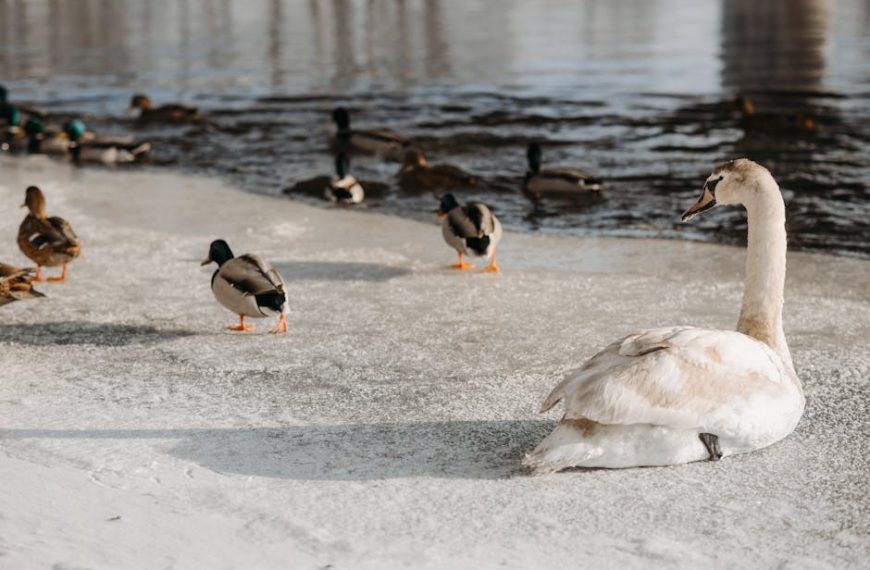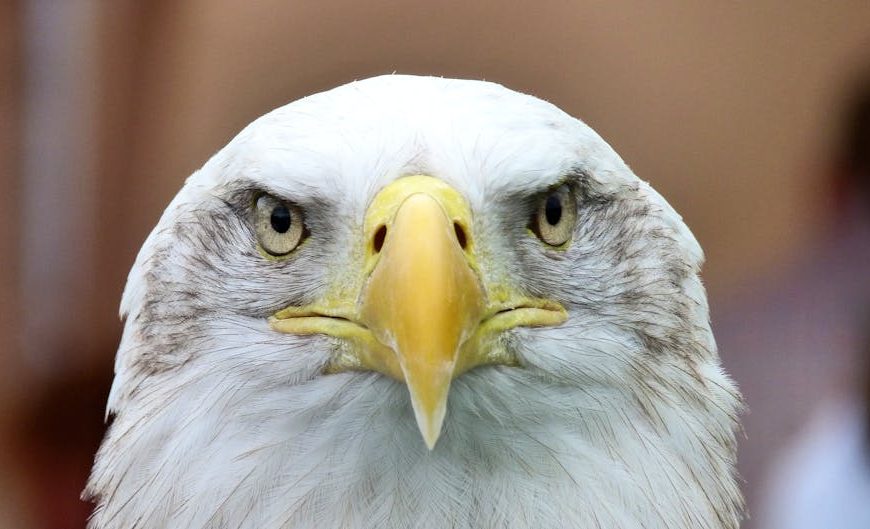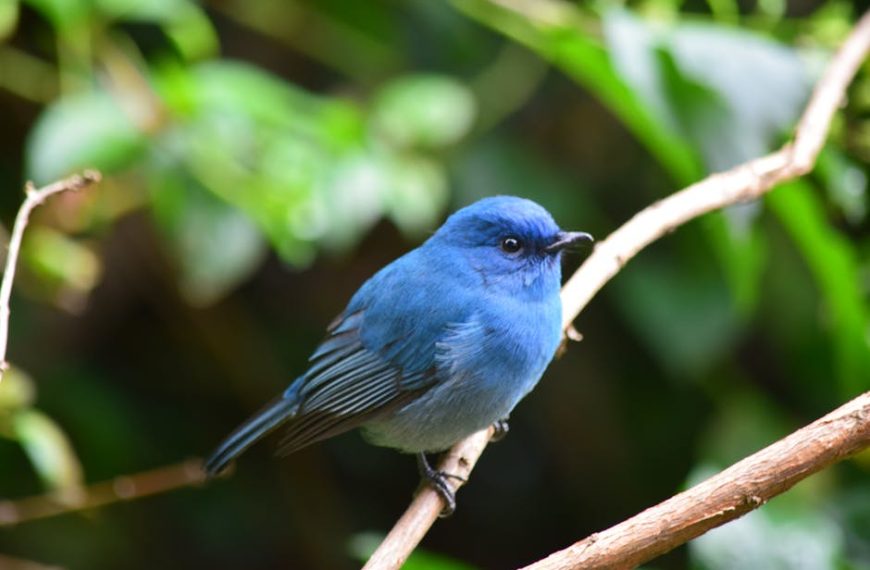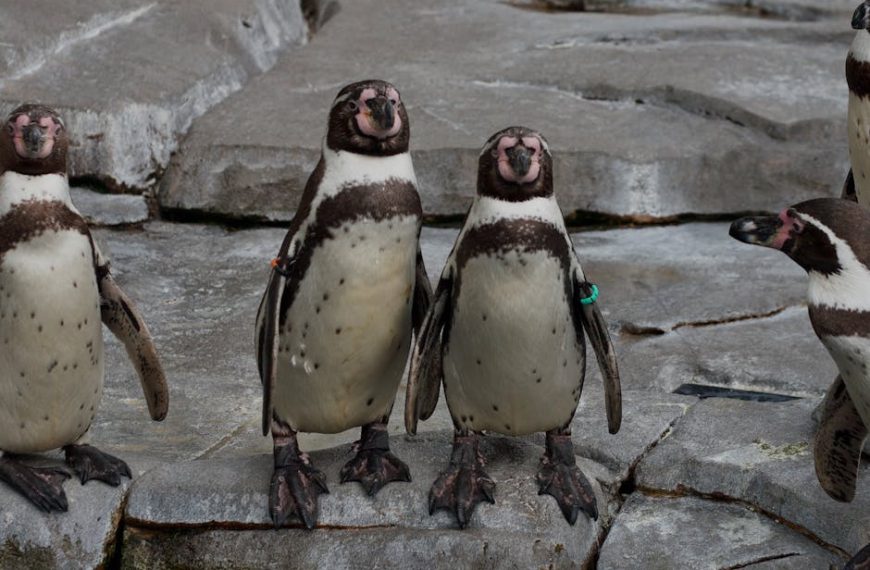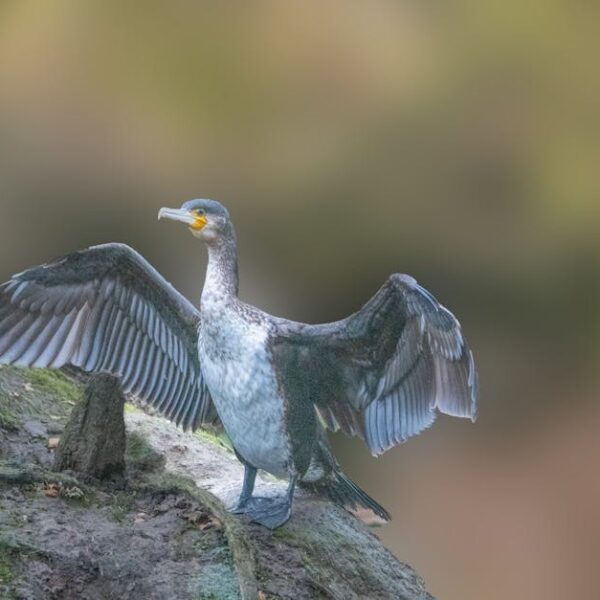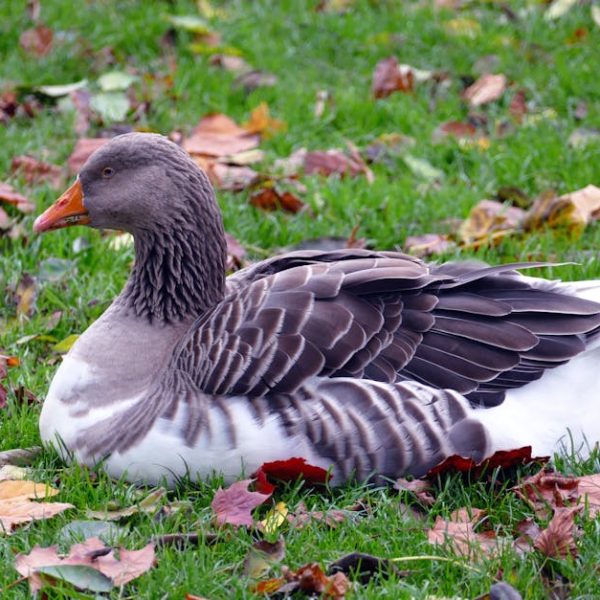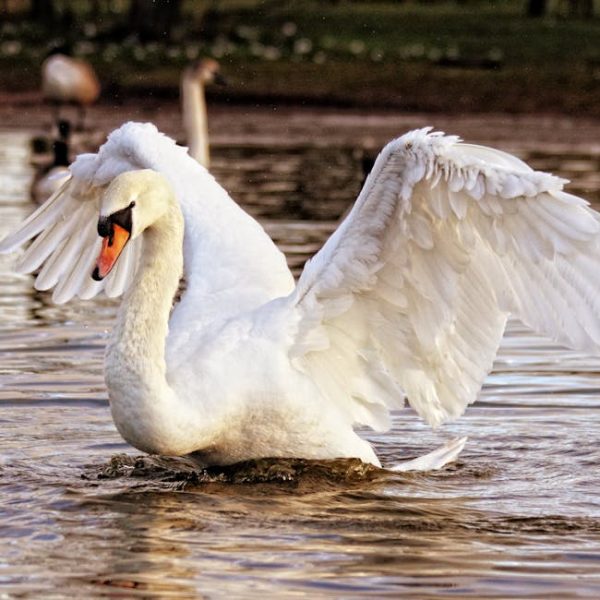From the human perspective, birds in flight are a marvel of beauty, grace and engineering. Even more so are their precision landings, seemingly effortless yet a complex interplay of physics, body anatomy, visual perception, adaptive behavior, and the incredible biodiversity of avian species. This article explores the intricate mechanics of how birds land and the significant role these mechanisms play in birds’ life, their species, and the ecosystem at large.
Understanding the Basic Physics of Bird Flight
The ability to fly sets birds apart, contributing immensely to their survival. The underlying physics principles come into play here – drag and lift, gravity, thrust, and air resistance. As a bird prepares to land, it manipulates these factors to control its speed and direction.
- Drag and Lift: Birds adjust their wing’s angle and shape, primarily creating drag to reduce speed and lift to manage altitude.
- Gravity and Thrust: As gravity pulls the bird downwards, counteracting thrust is reduced, hence enabling descent.
- Air Resistance: By spreading their feathers and increasing their surface area, birds increase air resistance doing essentially what brakes do in a vehicle – a maneuver aptly termed ‘air braking.’
Although the fundamental principles are the same, not all birds land alike. A swift swallow’s landing differs markedly from an eagle’s, and therein lies the beauty of biodiversity. Different species have distinct flight and landing styles based on body size, wing shape, habitat, hence adding versatility to their flight mechanics.
The Role of Bird Anatomy in Landing
The anatomical adaptations of birds not only support flight but also impact the way they land. The key players here are wings, tail, and legs, each seamlessly working together in unison.
- Wings: Adjustable in shape and position, wings primarily manage speed control and balance during landing.
- Tail: Acting like a rudder, a bird’s tail helps control direction and provides stability during landing.
- Legs: Strong legs and claws play a dual role – taking the shock of landing and securing a firm grip post-landing.
Birds’ beaks also aid in creating aerodynamic shape; their light-weight yet robust skeletal framework prevents damage during high-impact landings. Of course, between species, anatomical functions may vary. While all birds possess these features, unique adaptations in anatomy such as webbed feet in ducks or talons in eagles influence their respective landing mechanics.
Visual Perception and its Impact on Bird Landing
Birds’ exceptional visual perception is crucial to successful landing. It’s their eyesight that judges distance from the target and accurately determines landing speed.
- Relative Motion: Birds can perceive changes in motion and use them to discern their speed and altitude relative to the ground.
Given their variable environments, birds often deal with hurdles like rain, wind, or low light obstructing vision. Yet, defaulting to their excellent vision and adaptabiity, they overcome these challenges to land safely.
To be continued…
Adaptive Behaviors Birds Employ When Landing
In addition to physical adaptations, birds employ various adaptive behaviors to land safely. This includes air braking, stalling, feathering as well as communication tactics.
- Air Braking: By spreading their wings and tail feathers wide, birds create extra drag and slow their forward momentum, similar to deploying a parachute.
- Stalling: An extreme form of air braking, birds stall by bringing their wings to the highest position, effectively halting their forward momentum to lower speed for landing.
- Feathering: ‘Feathering’, or changing the angle and position of individual feathers, helps birds finely adjust their speed, direction, and balance.
Also, birds communicate with each other during landing, using visual signals and vocalizations to announce arrival or navigate crowded landing spots.
🔹 Pro Tip:
For bird-watchers out there, identifying these behaviors can help you appreciate not just the beauty but also the sheer complexity of birds in flight.
How Bird Landing Affects Their Environment
Birds’ landing mechanics have a complex relationship with their environment, shaping and being shaped by it. The landing patterns and behaviours of large bird populations, especially, influence the physical structure of habitats.
Pros of Bird Landing Mechanics:
- Birds can access diverse habitats, from tree canopies to water surfaces.
- Their landing behaviors influence plant pollination and seed dispersal, contributing crucially to ecosystems.
Cons of Bird Landing Mechanics:
- Repeated landing and taking off can cause wear and tear to vegetation.
- Overcrowding of popular landing spots can lead to habitat degradation.
Understanding the intricate mechanics of bird landing opens up a new horizon to appreciate these talented aviators more. From physics principles to anatomy, from visual acuity to adaptive behaviors, birds employ a dazzling array of techniques to achieve what is, to human eyes, an effortless landing. It reminds us of the complex interplay between organisms and their environment, and the intricate adaptations that enable life on earth.
Key Takeaway:
- Physics principles such as drag, lift, gravity, thrust, and air resistance are key factors that birds manipulate to control their speed and direction during landing.
- Bird’s physical anatomy, including wings, tail, and legs, plays a pivotal role during landing. In addition, anatomy adaptations like webbed feet or talons affect landing mechanics across different species.
- Birds use exceptional visual perception to estimate distance and define landing speed accurately.
- Adaptive behaviors like air braking, stalling, feathering, and communication aid in safer landings.
- The mechanics of bird landing holds significant implications for their environment, influencing the physical structure of habitats and contributing to plant pollination and seed dispersal.
Acknowledging the world around us, like the complex physics and adaptative behaviours of bird landing, expands our understanding and awe of nature. Birds, with their combination of physics, anatomy, and biodiversity, perfectly embody nature’s design prowess. Be patient and attentive, whether you’re a birdwatcher or a curious nature enthusiast, because there’s always something to learn, appreciate, and protect.
FAQs
Q: What factors can impact a bird’s ability to land safely?
A: Several factors can impact bird landing, including wind speeds, visibility, other birds in the landing area, and physical conditions of the landing spot. Birds have adapted various behaviors to meet these challenges, demonstrating their resiliency and adaptability in different environments.
Q: Are there significant differences in landing mechanics between large and small birds?
A: Yes, the size of a bird can significantly influence its landing mechanics. Larger birds generally need more time and space to slow down and land safely, while smaller birds may maneuver more quickly.
Q: How do birds’ visual capabilities contribute to their landing skills?
A: Birds have exceptional vision that allows them to gauge their speed, distance from the target, and identify obstacles in their path. This sharp vision is crucial for birds to land safely and accurately.
Q: How do bird’s legs and claws help during landing?
A: Bird’s legs and claws play a critical role during landing. They are designed to absorb the impact from landing and provide a stable grip on the landing surface, preventing the bird from slipping or falling.
Q: How do bird landing behaviors impact the ecosystem?
A: Bird landing behaviors can have significant effects on their environment. For instance, they influence plant pollination and seed dispersal, which are crucial for ecosystem health. However, overcrowding of popular landing spots can lead to habitat degradation.
Don’t hesitate to share this article with friends and fellow bird enthusiasts. There’s plenty more to explore, so keep an eye out for our next posts!

